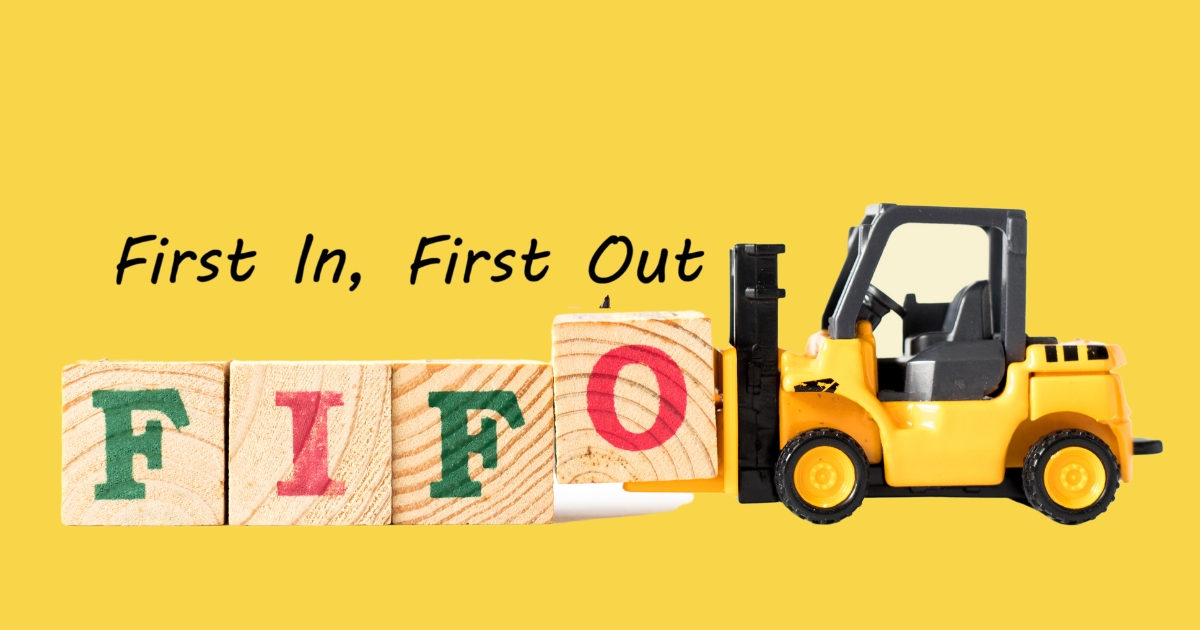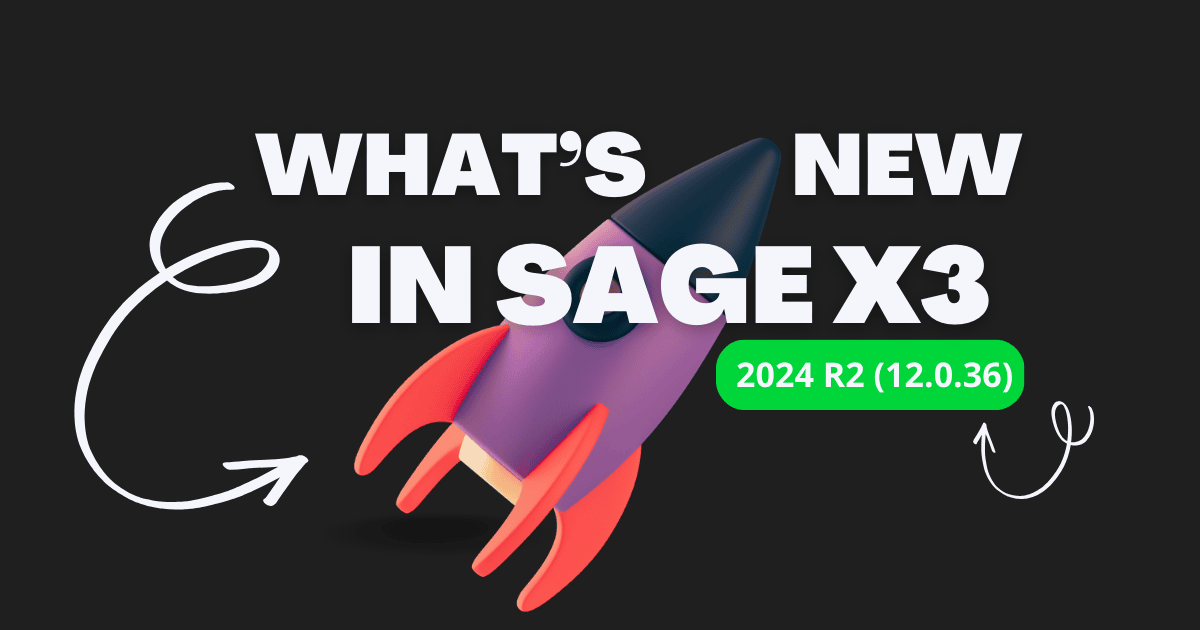Inventory consists of items, goods, merchandise, and raw materials, all of which will help the business to earn profit. Inventory management software is vital for the business and it helps companies to analyse the stocks that are in store. It is important for businesses to keep track of the inventory to promptly fulfil customer orders, avoid any stock shortage and stay competitive in the market.
More focus is given to the inventory as once it is sold, it becomes revenue. Stocks are recorded as an asset on the balance sheet. So too many stocks will cost more and reduce the cash flow of the company.
There are many inventory valuation methods that will efficiently help in evaluating the value of the inventory. One of the popular and commonly used methods is the FIFO method.
What is FIFO method?
The FIFO inventory valuation method can be expanded as first in, first out. It is a technique to assign value to the inventory. In this method, the good that is produced first is sold first. It is assumed that this method is theoretically the best inventory valuation method.
From a tax perspective, the FIFO method presumes that items with the oldest costs are added to the income statements’ cost of goods sold (COGS). And the rest of the inventory is added to the most recently produced or purchased goods.
The Fifo method is the most logical method to save inventory costs as it will sell the oldest products first and prevents goods from becoming obsolete over time.
Also Read : What is ABC Analysis in Inventory Management System?
Understanding the FIFO method in Inventory Management
As discussed above, in the FIFO method, the earliest goods purchased are removed first from the inventory. So the remaining items in the inventory will be incurred with the most recent costs. And when the inventory asset is recorded in the balance sheet there won’t be much difference and will be close to the most recent costs procured from the marketplace.
On the contrary, this inventory method goes against matching the historical costs with the current revenue and records it in the cost of goods sold(COGS). As a result, the gross margin doesn’t always reflect the right matching of costs and revenue.
The FIFO method is accepted by international financial reporting standards.
Examples of the First in, First out (FIFO) Inventory valuation method
Normally when the items are prepared for sale, items are assigned costs. The costs occur due to the purchase of raw materials, production costs or purchase of inventory, and labour utilization. The cost is assigned based on the order the goods were used. If the FIFO method is implemented, then the costs are based on what products arrived first.
Suppose a company purchased 100 products for Rs 90 each and later again they purchase 100 more more for Rs 100 each. Later the company sells 60 items. So in the FIFO method, the 60 items are sold at Rs 90 each. So with the remaining 140 items, 40 items are sold at Rs 90 each and the rest 100 items are valued at Rs 100 each. This is because the oldest goods are sold first.
Now there are 140 units remaining, so again let’s assume that the business sells additional 50 goods. 40 goods are sold at Rs 90 each and 10 units are sold at Rs 100 each as these are the most recently purchased items.
The FIFO method is very useful as it is helpful to avoid obsolete inventory as it will sell the oldest goods first and manage the recent items in the inventory.
Also Read : What is FSN analysis in Inventory Management?
How do you calculate the FIFO Inventory management method?
First, determine the cost of your oldest inventory to evaluate and calculate the cost of goods sold COGS with the FIFO method. Multiply it by the amount of inventory sold.
Here, the inventory sold refers to the cost of purchased goods(which is stored in the inventory to resell) or the cost of produced goods (Consists, of material, manufacturing overhead costs and labour)
It is always the same, the price paid by the company for the inventory fluctuates often. And the fluctuations in the prices must be taken into account.
What are the advantages of the FIFO inventory method?
Many businesses implement the FIFO inventory method as it is considered the trusted method when compared to the LIFO method. And it is the most widely used method to assess inventory value. Let’s discuss some of its advantages for the business.
- It is a widely accepted method globally and is one of the best techniques to assess a company’s inventory.
- Bookkeeping will be simplified and error-free with the use of this method. So it maintains the natural flow of inventory where the oldest goods are sold first and the newest inventory later.
- This method will contribute to avoid wastage. (as the oldest goods move out, there will be almost no wastage of items which is a good thing for increased revenue)
- The major benefit is to the financial statements, as it will become harder for them to be manipulated.
- It will help in yielding higher revenue to the business.
- This method is easy to use. As each of the items is recorded in order, it will be easier to apply principles by managing inventory costs for the newest purchases.
- In terms of software capability, the FIFO method can be applied to any accounting software with ease.
What are the disadvantages of the FIFO method?
In comparison to other methods such as LIFO, the FIFO method can result in higher income tax for the businesses to pay as there is a large gap between the costs and profits.
In case of inflation, the increased number is used for the cost of goods sold COGS calculation, instead of the actual costs.
What is the difference between FIFO and LIFO methods?
The LIFO method is the direct opposite of the FIFO inventory method. In the FIFO method, the oldest goods are sold first and in the case of LIFO, the most recent items are sold first.
The companies under the LIFO method, the corporate taxes are cheaper as it allows the recent products to be sold first.
Expensive goods are sold first like the LIFO method though the overall inventory is managed by the FIFO inventory management method.
Conclusion
In conclusion, the FIFO (First-In, First-Out) inventory management method is a widely adopted and effective approach for managing inventory in various industries. By following the principle of using the oldest inventory first, FIFO ensures that products are sold or used before they become obsolete or expire. This method helps businesses maintain accurate accounting records and minimize the risk of inventory obsolescence or spoilage.
FIFO provides several advantages to businesses. It allows for better cost control by accurately valuing inventory and reducing the risk of inflationary costs impacting the bottom line. Additionally, FIFO aligns with customer preferences for receiving fresh or recently produced goods, enhancing customer satisfaction and loyalty.
However, it’s important to acknowledge that FIFO has its limitations. It may not be suitable for all types of products, especially those with shorter shelf lives or where product quality deteriorates over time. In such cases, alternative inventory management methods like LIFO (Last-In, First-Out) or specific identification may be more appropriate.
Overall, FIFO remains a valuable tool for inventory management, providing businesses with greater control over their inventory, improved financial reporting, and enhanced customer satisfaction.







